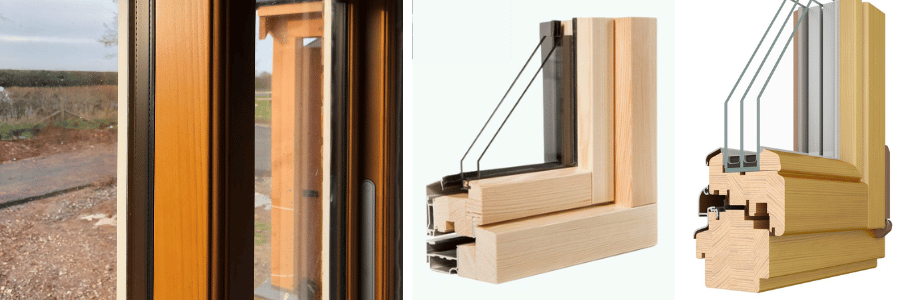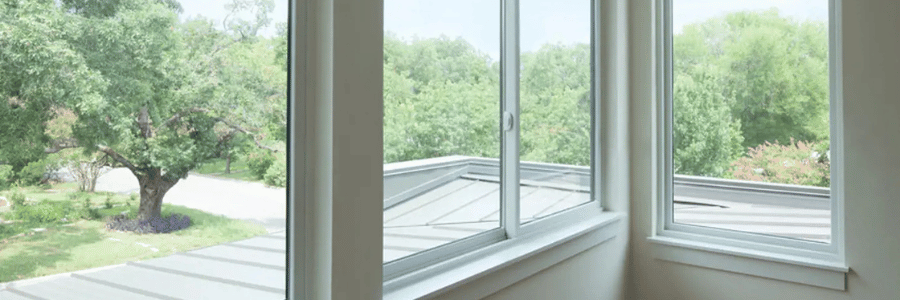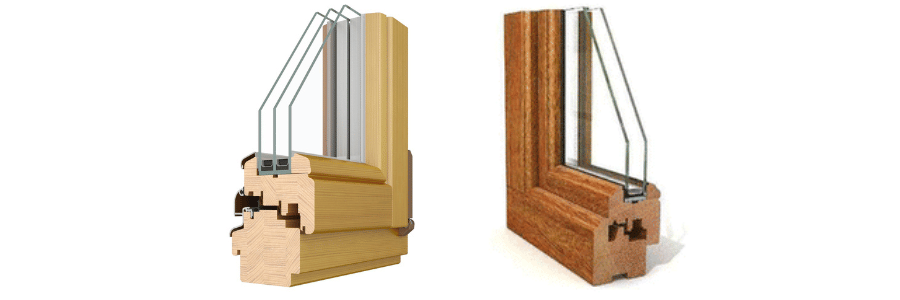When it comes to choosing windows for your home, there are numerous materials to consider, each with its own set of advantages and disadvantages. One material that has been gaining significant popularity in recent years is composite windows. But what exactly are composite windows, and why are they becoming a go-to option for homeowners looking to update or build their homes? In this post, we’ll explore what composite windows are, how they’re made, and the benefits they offer over more traditional window materials like wood, vinyl, and aluminum.
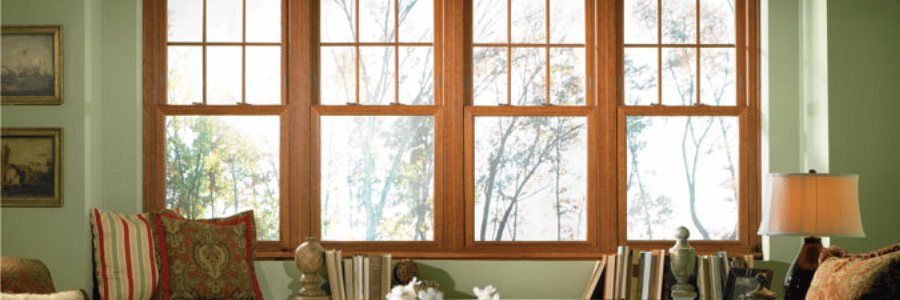
What Are Composite Windows?
Composite windows are made from a blend of different materials that combine the best qualities of each. Typically, composite window frames consist of a combination of wood fibers and plastic resins, although some composites may also include other materials like fiberglass. This fusion of materials creates a product that is designed to deliver superior strength, energy efficiency, and low maintenance—while also offering the aesthetic appeal of traditional wood windows.
The key feature of composite windows is the unique way in which they combine the warmth and appearance of wood with the durability and weather resistance of modern synthetic materials. The interior of the frame often features a wood-like finish, while the exterior is typically made from a highly durable, weather-resistant material.
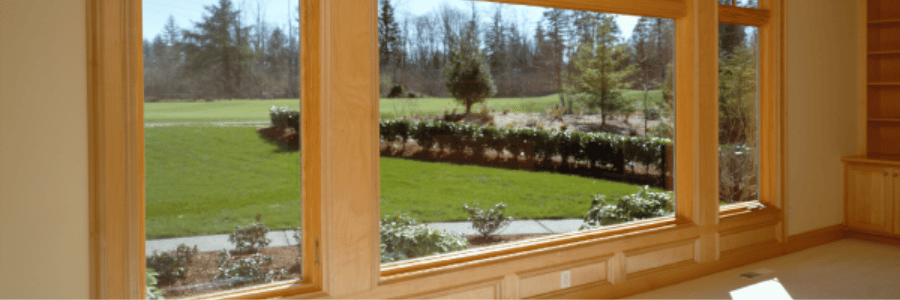
How Are Composite Windows Made?
Composite windows are created through a process that involves blending wood fibers, plastic resins, and sometimes other additives to create a strong, durable material. The wood fibers help to enhance the strength and appearance of the window, while the resins and plastics provide resistance to moisture, rot, and weathering.
These materials are then molded into the shape of a window frame and sealed to ensure insulation and protection from the elements. The exterior of the composite window is often coated with a weather-resistant finish to further protect it from UV rays, moisture, and extreme temperatures. Some composite window manufacturers also apply coatings or paints to the frames to achieve different color finishes, further enhancing the aesthetic appeal of the windows.
The Benefits of Composite Windows
Now that we know what composite windows are, let’s dive into why they’re gaining popularity among homeowners, builders, and architects.
1. Durability and Weather Resistance
One of the most significant advantages of composite windows is their durability. Unlike traditional wood windows, which can rot, warp, or swell over time when exposed to moisture, composite windows are designed to resist the damaging effects of weather. The combination of synthetic materials and wood fibers creates a frame that can stand up to the elements, including rain, humidity, and extreme temperatures.
This makes composite windows ideal for homes in areas with high moisture or fluctuating climates. Whether you live in a coastal area where saltwater can wreak havoc on wood, or in a place with freezing winters, composite windows offer superior protection against the elements.
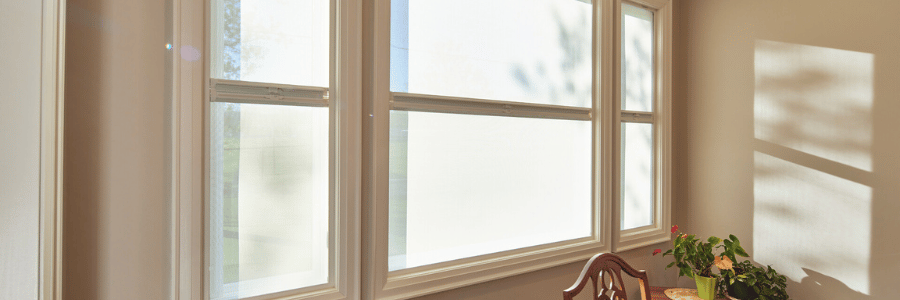
2. Low Maintenance
Compared to wood windows, composite windows require far less maintenance. Wood windows need to be regularly painted or stained to protect them from the elements, and over time, they may show signs of wear such as peeling, chipping, or rotting. In contrast, composite windows don’t need regular painting or sealing. The exterior is typically engineered to be scratch-resistant and impervious to moisture, so you won’t have to worry about repainting or refinishing them every few years.
In addition, because the material is resistant to warping, cracking, and swelling, composite windows maintain their structural integrity for much longer than wood windows. The result is less frequent repairs and replacements, saving homeowners time and money in the long run.

3. Energy Efficiency
Composite windows are excellent insulators, offering improved energy efficiency compared to traditional wood or vinyl windows. The combination of wood fibers and plastic resins helps to create a strong barrier against heat transfer, keeping the warm air in during winter and the cool air in during summer.
This insulation can lead to reduced energy bills, as your HVAC system won’t have to work as hard to maintain a comfortable indoor temperature. Many composite windows also feature multi-chambered frames or foam insulation, further enhancing their energy-saving properties.
4. Aesthetically Pleasing
If you love the look of wood windows but dislike the maintenance and vulnerability to the elements, composite windows offer the perfect compromise. The interior of composite windows can be finished with wood veneers or painted to look like natural wood, giving your home a warm, traditional look.
At the same time, the exterior is engineered for maximum performance, with finishes that resist fading, chipping, and peeling. Whether you prefer a sleek, modern style or a more traditional design, composite windows can be customized to suit your home’s aesthetic.
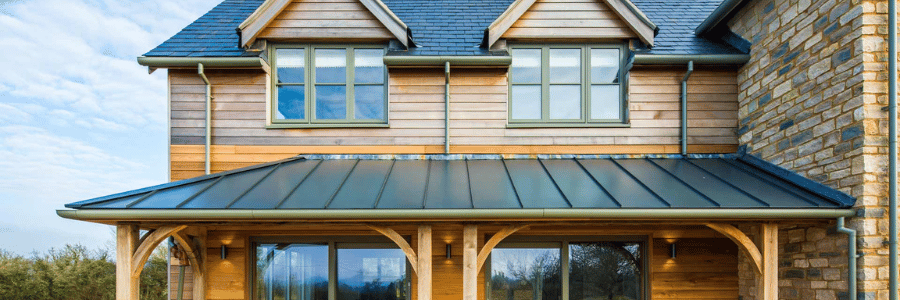
5. Environmental Benefits
Many composite windows are made from recycled materials, which can make them an environmentally friendly choice. For example, some manufacturers use recycled wood fibers or plastic resins, which helps reduce waste and makes the production process more sustainable. Additionally, because composite windows are so durable and long-lasting, they don’t need to be replaced as often as other window types, reducing the environmental impact of manufacturing and disposal.
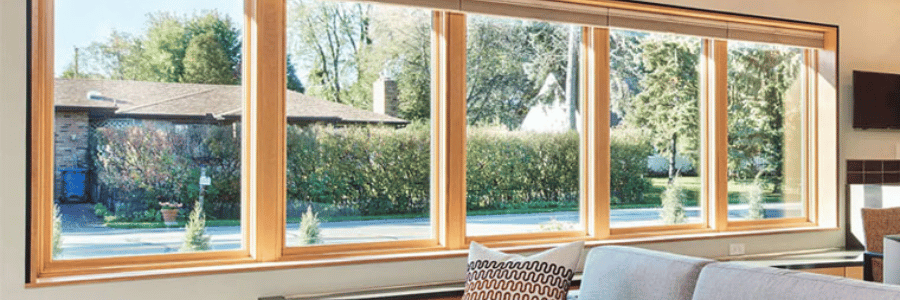
Composite Windows vs. Other Materials
Composite Windows vs. Wood Windows
- Durability: Wood windows are beautiful but prone to rot, warping, and swelling, especially in areas with high moisture. Composite windows offer similar aesthetics but with better resistance to weather and less maintenance.
- Maintenance: Wood windows require regular painting and sealing to maintain their appearance and prevent damage. Composite windows require minimal maintenance, with no need for frequent painting or sealing.
- Energy Efficiency: While wood has natural insulating properties, composite windows typically outperform wood windows when it comes to energy efficiency due to their multi-layer construction.
Composite Windows vs. Vinyl Windows
- Aesthetic: While vinyl windows are available in a variety of colors, they often don’t offer the same aesthetic appeal as composite windows. Composite windows can mimic the look of wood, which is preferred by homeowners who want the warmth of wood without the maintenance hassle.
- Durability: Both composite and vinyl windows are durable and resistant to weather, but composite windows tend to have a more robust structure and are less likely to discolor or degrade over time.
- Energy Efficiency: Composite windows tend to have superior insulation properties compared to vinyl windows, which can be prone to expansion and contraction due to temperature fluctuations.
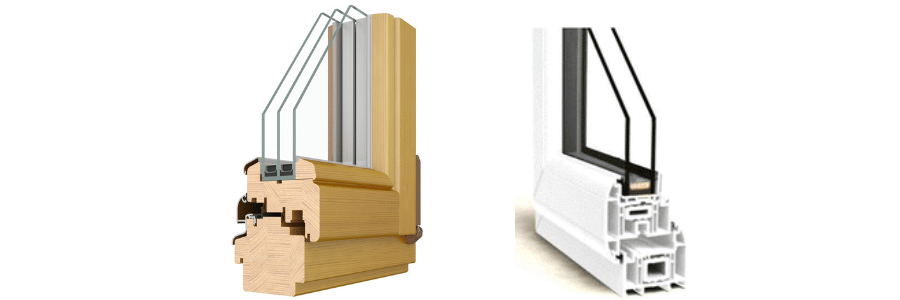
Composite Windows vs. Aluminum Windows
- Thermal Performance: Aluminum windows are strong and lightweight but tend to conduct heat and cold, which can make them less energy-efficient than composite windows. Composite windows provide better insulation and are less prone to condensation.
- Maintenance: Aluminum windows may require periodic painting and are susceptible to corrosion in coastal or humid environments. Composite windows, on the other hand, are virtually maintenance-free.
- Aesthetic: While aluminum windows can look sleek and modern, composite windows offer more design flexibility and a warmer, more natural look, especially on the interior.
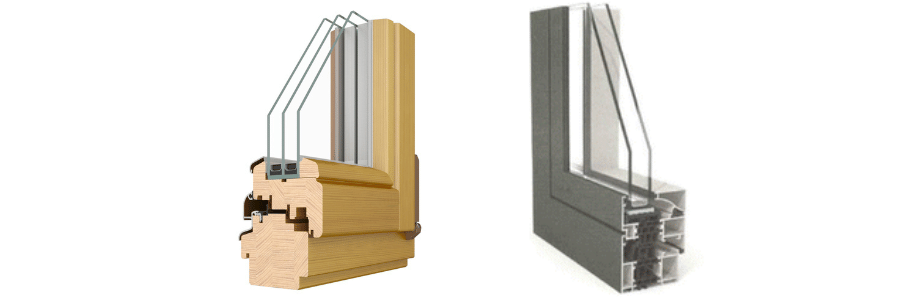
Why Are Composite Windows Gaining Popularity?
Composite windows are gaining popularity for several reasons. First, they combine the best qualities of wood, vinyl, and fiberglass into one high-performance package. Their durability, low-maintenance nature, energy efficiency, and aesthetic appeal make them a top choice for homeowners looking to upgrade or build a home. As energy costs rise and environmental awareness grows, more homeowners are opting for windows that offer long-term savings, sustainability, and superior performance.
Additionally, the versatility of composite windows makes them suitable for a wide range of home styles and climates. Whether you’re renovating a historic home, building a modern eco-friendly house, or simply replacing old windows, composite windows can be customized to meet your needs.
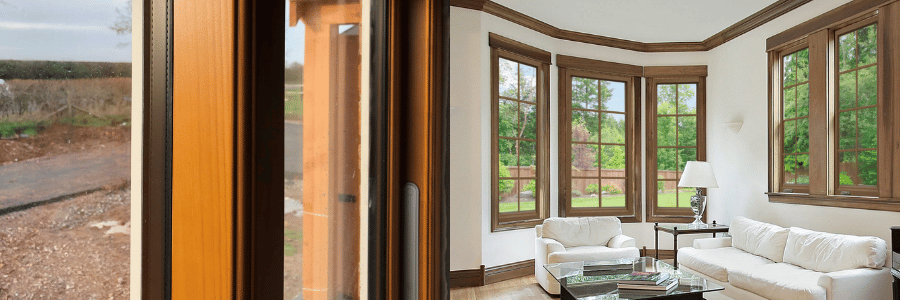
Conclusion
Composite windows are a modern solution for homeowners seeking windows that combine beauty, strength, and energy efficiency. Their growing popularity is no surprise given their exceptional performance, low-maintenance nature, and aesthetic versatility. Whether you’re building a new home or replacing old windows, composite windows offer a smart investment that can provide long-term benefits in terms of comfort, savings, and durability.
As composite window technology continues to evolve, we can expect to see even more improvements in design, performance, and environmental impact, making them an even more attractive option for homeowners looking to enhance their living spaces.

